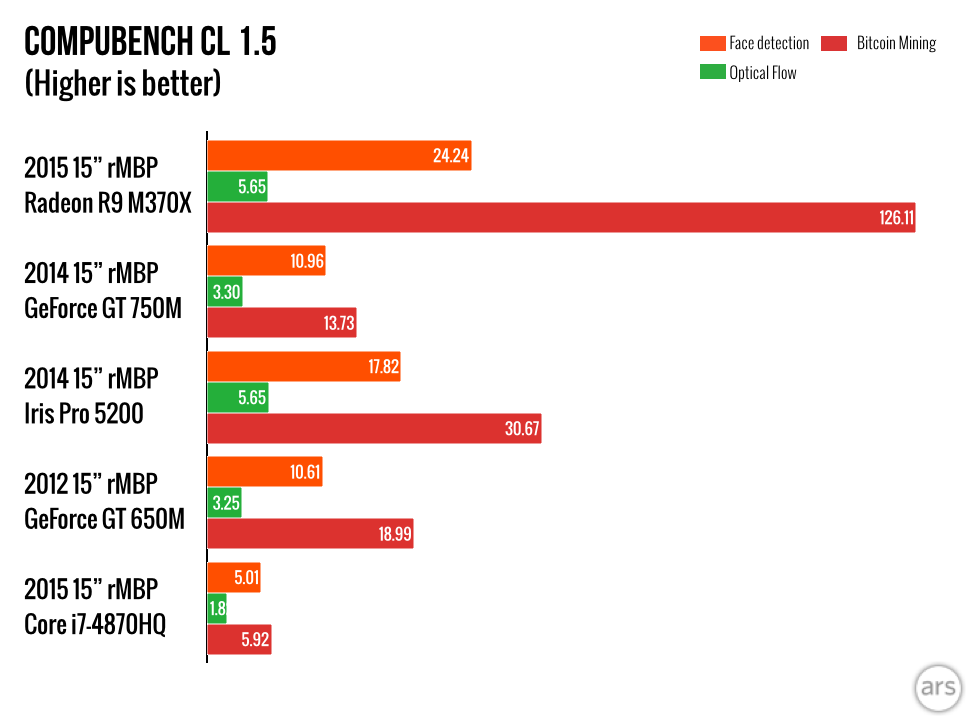I'm new be nice
Member
That price is crazy. I'm starting to think I should just go with a mid range card and upgrade every couple of years.
Yeah I think the 780ti will be my last top tier purchase. The performance increase over the midrange cards just isn't worth the money compared to having a bit more cash on hand for an entire architecture change.





